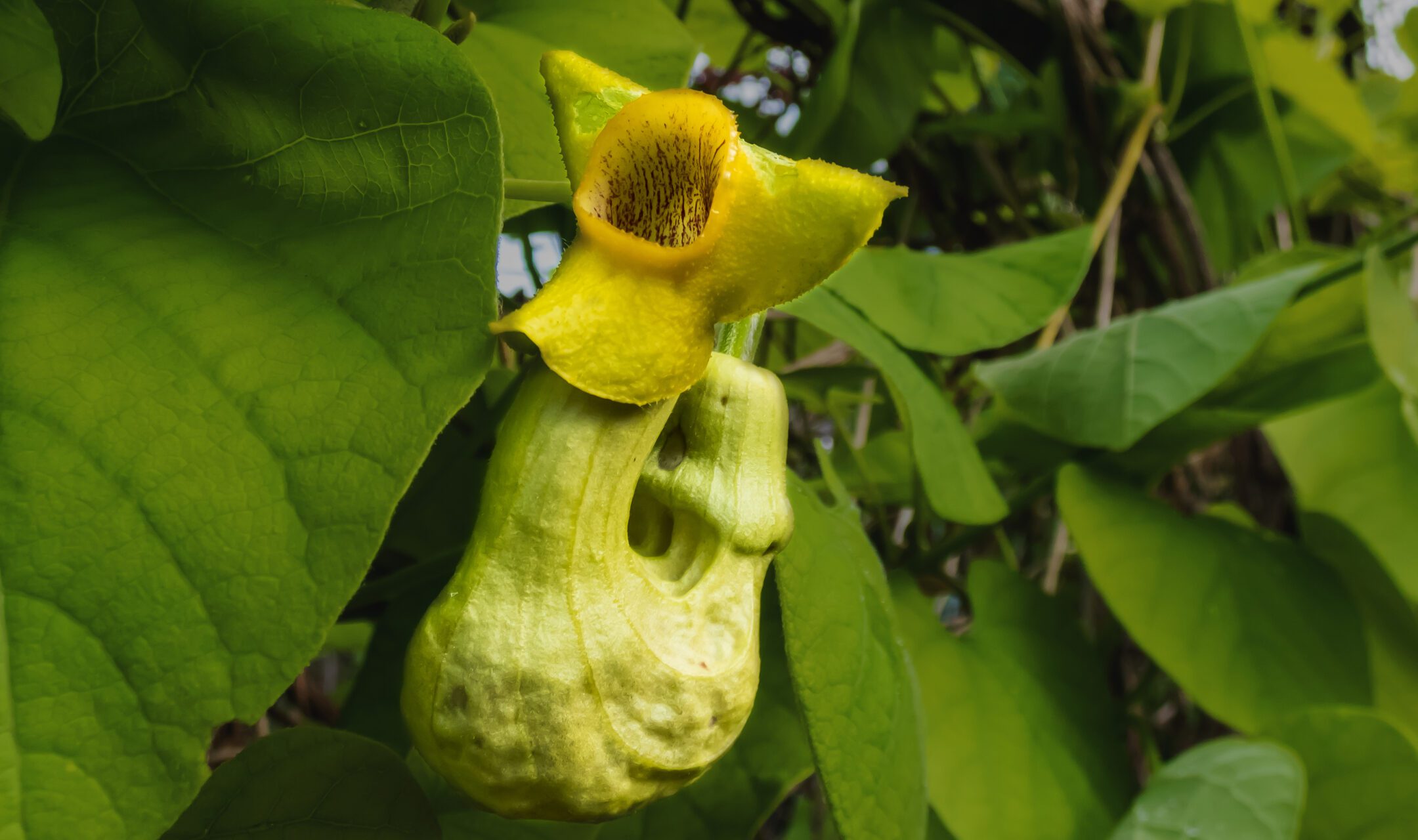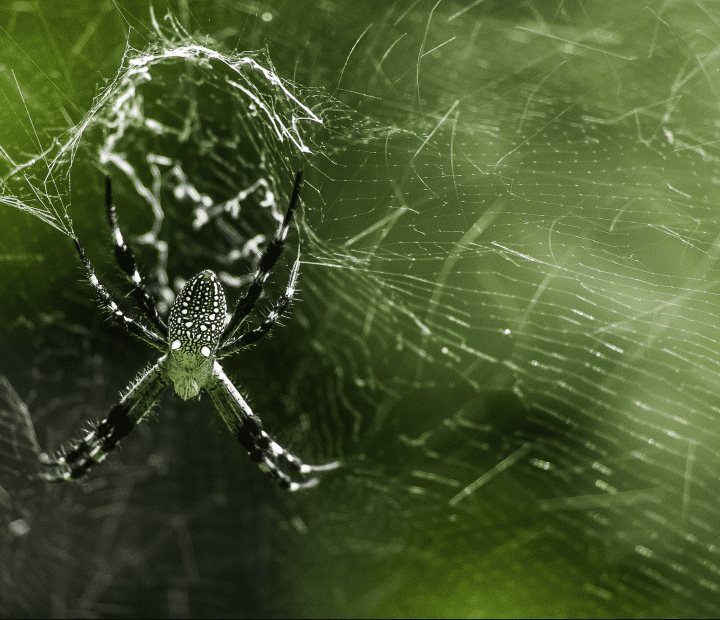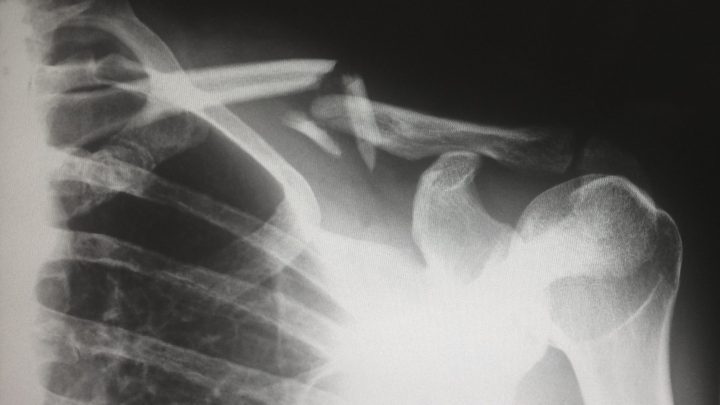Plant tissues resist pulling forces using layers of tiny cellulose fibers embedded in a mix of flexible and strong materials.
Introduction
Dutchman’s pipe (Aristolochia macrophylla) is a deciduous vine native to the eastern United States. It thrives in moist, well-drained soils and often climbs trees and fences in forests and gardens. Known for its large, heart-shaped leaves and unique pipe-shaped flowers, the dutchman’s pipe has developed remarkable structural adaptations that allow it to withstand various mechanical stresses in its environment.
The Strategy
The dutchman’s pipe exhibits a fascinating example of mechanical in its tissues. As a climbing vine, it must endure significant mechanical forces such as bending, twisting, and pulling, especially as it wraps around structures to gain height. The key to its mechanical resilience lies in the specialized structure and composition of its plant tissues, which extend beyond the typical simple elasticity observed in many plants.
The plant tissues of the dutchman’s pipe are composed of a network of fibers embedded in a matrix of hemicellulose and lignin. Cellulose fibers provide strength to resist pulling forces, much like steel rods in reinforced concrete, while hemicellulose and lignin act as the glue that holds everything together, offering compressive strength and flexibility. This combination allows the plant to bend without breaking, a property essential for climbing vines that need to wrap around various supports.
When subjected to mechanical stress, the cellulose fibers in the dutchman’s pipe can realign and slide past one another, allowing the plant to deform without breaking. This deformation means the plant can absorb and dissipate energy, making it more resilient to environmental forces such as wind or the weight of the vine itself. The study by Köhler and Spatz (2002) delves into these mechanical properties, showing that plant tissues like those in the dutchman’s pipe exhibit behavior beyond simple elasticity, including plasticity (the ability to bend without breaking) and viscoelasticity (the ability to slowly return to their original shape). These properties enable the vine to endure and adapt to dynamic and unpredictable mechanical stresses in its habitat.
The Potential
Understanding the micromechanics of the dutchman’s pipe can inspire innovative designs in various fields. For instance, engineers can develop flexible and resilient materials for construction that mimic the plant’s ability to bend without breaking. Such materials could be used in buildings or structures in earthquake-prone areas, where the ability to absorb and dissipate energy is crucial.
Additionally, the composite nature of the plant tissues—combining strength and flexibility—can inform the creation of advanced materials for sports equipment, protective gear, and even biomedical devices like flexible prosthetics. These materials would be lightweight yet durable, providing both strength and flexibility.
AI on AskNature
This page was produced in part with the assistance of AI, which is allowing us to greatly expand the volume of content available on AskNature. All of the content has been reviewed for accuracy and appropriateness by human editors. To provide feedback or to get involved with the project, contact us.





